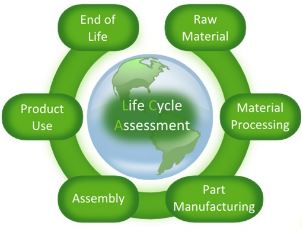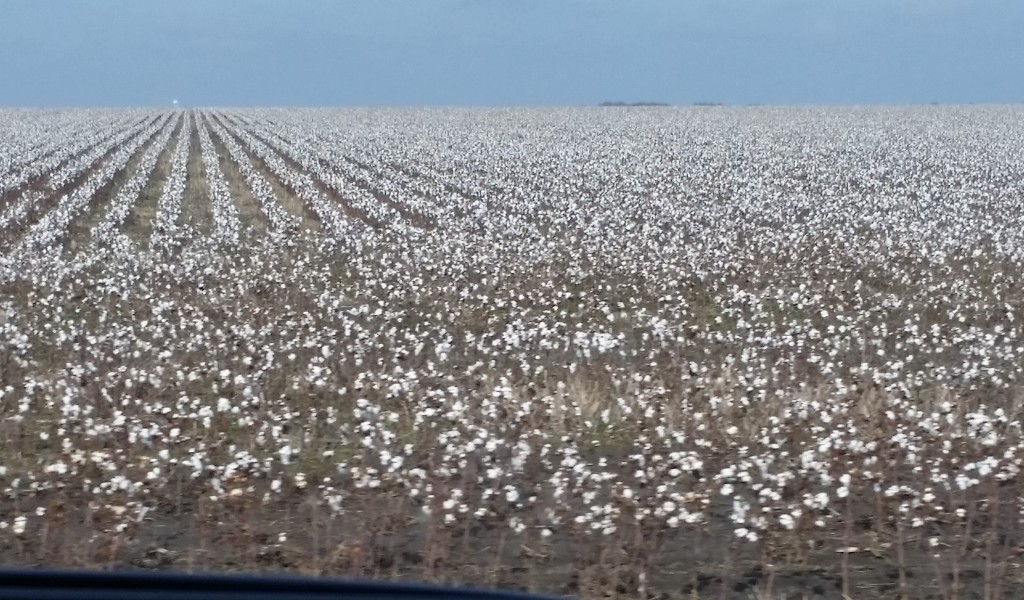Posted on March 29, 2016 by KK
Leave a Comment



Three cover crops that are perfect for the soil in the Blackland Prairies ecoregion in Central Texas, include buckwheat, peas, and crimson clover. The benefits of peas and clover cover crops include adding nitrogen back into the soil. Peas and clover are members of the Legume family and increase organic matter in the soil, encourage beneficial insects, which increases pollination for your growing spaces when the flowers are in bloom. Clover also provides an excellent breeding ground for ladybugs, the larvae, and pupa thrive in the microclimate that they create. Allowing some of your winter and spring crops to bolt and flower may encourage aphids to visit but that’s what ladybugs and larvae love to eat so you can boost your beneficial insects in your backyard just by making a few exceptions! This year has been incredible watching the lady bug populations go wild in our largest garden. It’s hard to believe that just a year and a half ago our largest bed was a small butterfly garden, but mostly clay covered by grass.
A disadvantage of using clover is that it can only survive in cooler months like spring, fall and winter, and withers in the heat of the summer. This year I planted crimson clover mid winter due to the mild temperatures, but often it’s recommended to start before winter. Since we have mild winters in Central Texas growing them after the first frost isn’t a problem, they just take longer to progress. Peas get stressed from heat as well and will freeze, but there are other varieties that contend with the heat much better. Crimson clover, Buckwheat and other green manures aka cover crops aid in attracting beneficial insects like bees to pollinate (Shirey n.d.). Some legume cover crops aren’t good at suppressing weeds (Grubinger n.d.).
When the heat turns up Buckwheat is a more appropriate soil builder as it also blocks other weeds from trying to break through and takes one third of the time as clover to develop. Buckwheat produces large amounts of residue that adds organic matter to the soil (Sustainable Agriculture Research & Education 2012). Buckwheat also supports pollinator populations (SARE 2012). Buckwheat is very hardy, drought tolerant to some degree and efficient at separating clay to provide a better planting medium and bring nutrients closer to the plants (Taylor 2014). Within 30 days from planting Buckwheat is blooming which makes it a great time energy source for soil building in between other plantings. Chickens love it, and it produces a great seed to make gluten free flour with, or add it or the leaves to your smoothie. Buckwheat can make your landscape and food plate more sustainable!
Planting in the right season is paramount to production growth and the ability to improve soil structure (Grubinger n.d.). Some downsides of cover crops and green manures are that they aren’t produced for revenue but short term economic gain (Grubinger n.d.). Which is why alternating crops and planting a green manure during seasonal changes is a good time to grow these crops on your farm or in your garden because when your soil is bare, beneficial protozoa, fungi, and essential minerals are leached from the soil and it loses structure. This works against the Central Texas grower during drought season. The healthier your soil is, the more drought tolerant they are, and the healthier your plants become! Therefore diseases will potentially be decreased because of your balanced ecosystem.
It is important that cover crops are planted in succession of food crops in order to maximize biodiversity so allow enough time for the plants to enrichen the soil before you plant your next food crop. Green manures can be worked into the soil at any time and harvested early if need be but in order to reach their full potential for your soil it is best to wait until they are ready to bloom. Allowing them to grow beyond blooming increases agrobiodiversity and you will find that some make and excellent living ground cover. For instance, clover is an excellent living, green mulch that surpesses weeds that try to sneak through your nifty rows. It can be an organic and sustainable alternative to straw which is generally sprayed with chemicals if purchased in Texas, or man made ground covers that use excessive amounts of energy to produce and distribute, therefore decreasing the sustainability of your farm and your carbon footprint. Using clover as a living mulch will encourage beneficial bacteria, beneficial bugs, improves soil health, and increases biointensive growing capabilities. Plus, it looks pretty!
Cover crops maintain and improve soil fertility, prevent wind erosion and encourage biomass (SARE 2012). In order for cover crops to be the most beneficial they also need to be trimmed or turned into the soil which can take time. Leaving soil bare prevents bacteria, earthworms, and fungi from encouraging micronutrient production (Relf 2009). Cover crops and green manures should be planted in succession of other crops.
Bibliography
Relf, Diane. Virginia Cooperative Extension. May 1, 2009. https://pubs.ext.vt.edu/426/426-722/426-722.html (accessed March 16, 2015).
Shirey, Trisha. Central Texas. http://www.klru.org/ctg/resource/cover-crops-for-winter-gardens/ (accessed March 16, 2015).
Sustainable Agriculture Research & Education. Cover Crops. 2012. http://www.sare.org/Learning-Center/Topic-Rooms/Cover-Crops (accessed March 16, 2015).
Taylor, Gordon, interview by Kristin Schultz. Travis County Farming (September 18, 2014).



 Late Bloom America
Late Bloom America
